Protecting Roofs and Pedestrians
Chicago winters continue to set new records, both in terms of low temperatures and snowfall. The last two winters have been particularly harsh, as Chicago residents have experienced record low temperatures and record setting levels of snowfall. In February of 2015 Chicago’s O’Hare airport registered a brutal 8 degrees below zero as 20 miles-per-hour wind gusts pushed wind chill temperatures to 30 below, breaking a record set in 1936.
Coupled with record breaking snowfall, snow and ice quickly accumulates on Chicago’s residential and commercial rooftops, posing potential hazards to pedestrians below. Building owners in the “Windy City” are legally responsible not only for keeping their sidewalks clear of snow, but preventing snow and ice from falling from rooftops.
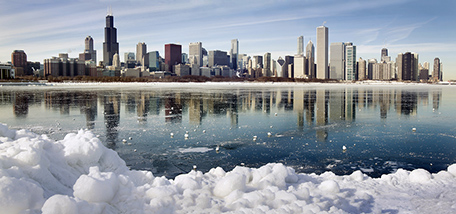
While some business rely on roof snow and ice dam removal services in the Chicago area, many homeowners and businesses are turning to reliable radiant heat. These automated systems remain “on standby” 24/7, so when a storm does hit, the system activates to prevent any snow and ice from accumulating.
While the safety of pedestrians is paramount for businesses in the city, ice dams pose the greatest threat to homeowners. As heat rises from the home, it can escape into the attic and warm the roof, causing water to trickle down to the roof’s edge. But the roof eaves are colder, and the water refreezes. As this process is repeated, water can build up behind the ice where it can seep into tiny cracks of the roof. Each night, as the water refreezes, it expands, paving the way for more water to seep into the cracks and eventually into the home. The resulting water damage within walls and ceilings can be expensive to repair.
Warmzone roof de-icing and gutter trace systems offer one of the best roof heating solutions available for preventing hazardous ice dams and heavy icicles from forming on roofs. The roof heating systems are easy to customize and install. Once installed, the roof de-icing and gutter trace systems operate only when conditions warrant, keeping heavy ice from damaging roof gutters and preventing ice dams from forming along roof edges.
In addition to Warmzone’s large variety of industry leading roof de-icing systems, Warmzone radiant heat experts work closely with customers to determine the best and most affordable option for the roof.
The most popular roof heating system features an advanced polymer heating element (RoofHeat STEP) that can be installed directly under roof shingles. This low-voltage system has proven to be a favorite roof heating solution among professional installers and homeowners throughout the Chicago area. Heat trace cable can also be installed to heat gutters and downspouts, or the systems can be combined to produce optimum results.
Warmzone professionals are experts when it comes to roof heating, and its customer service is second to none. In addition to providing complete system designs (AutoCAD), installers have access to free installation training as well as personal installation support. If installers encounter any issues or have any questions during the process, he/she can speak with one of the dedicated installation support staff to resolve the issue.
Many home and business owners in Chicago are already enjoying the benefits of a Warmzone roof de-icing system. Call a Warmzone consultant to learn more about Warmzone’s roof heating options – with no obligation or sales pressure. Or visit Warmzone online. As an industry leader, Warmzone offers one of the most informative radiant heating websites available. Visit warmzone.com and learn more about radiant heating systems and why some systems (and services) are better than others when it comes to heating specific projects.

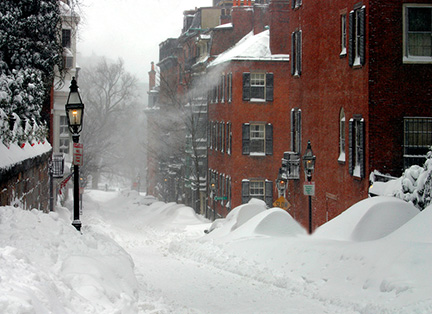
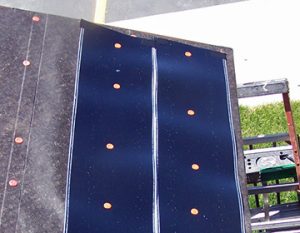
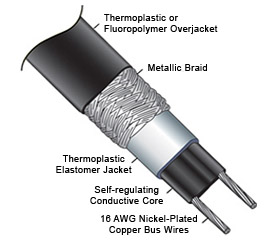
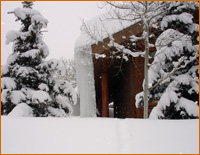 RoofHeat deicing cable is part of a fully-automated
RoofHeat deicing cable is part of a fully-automated